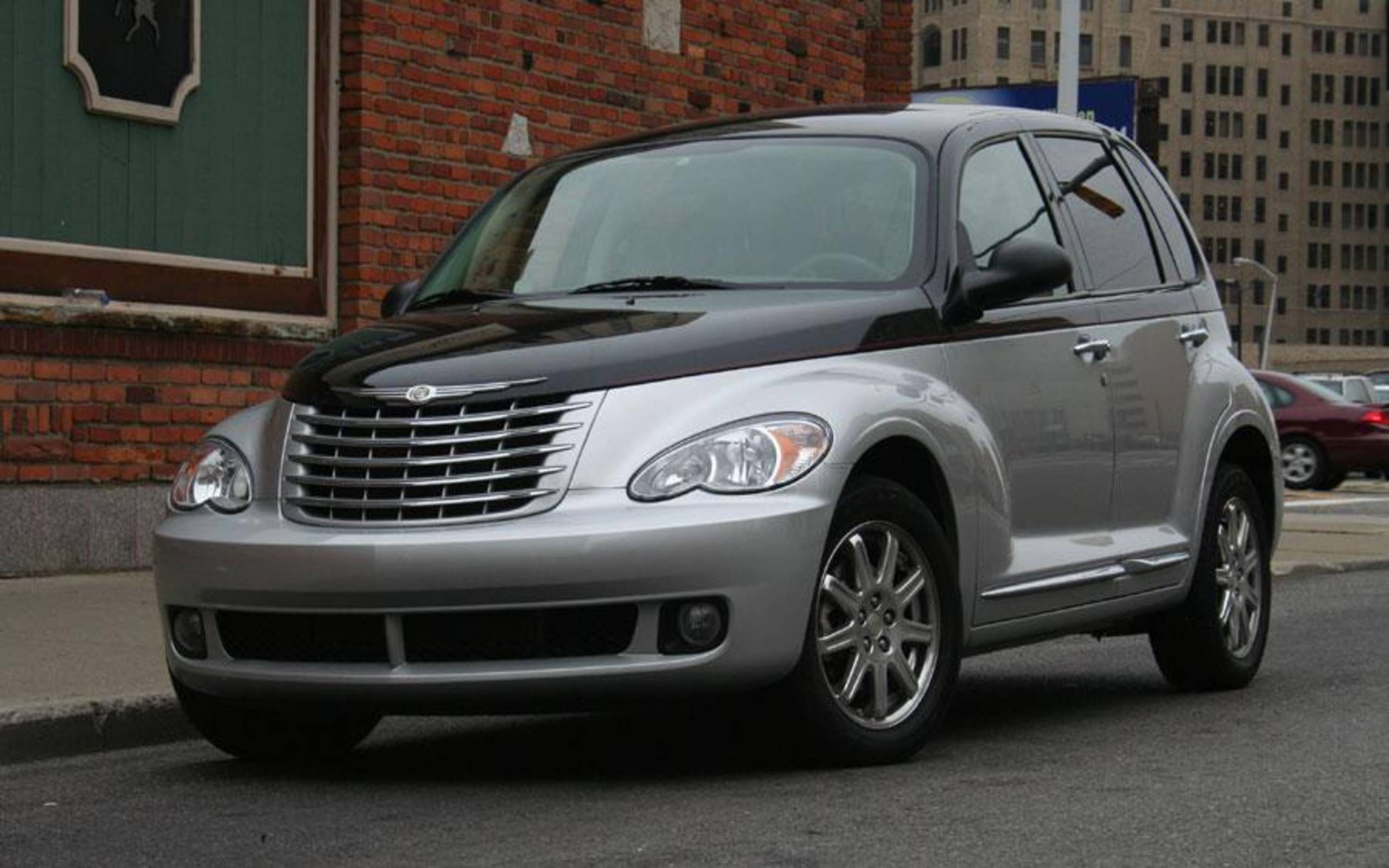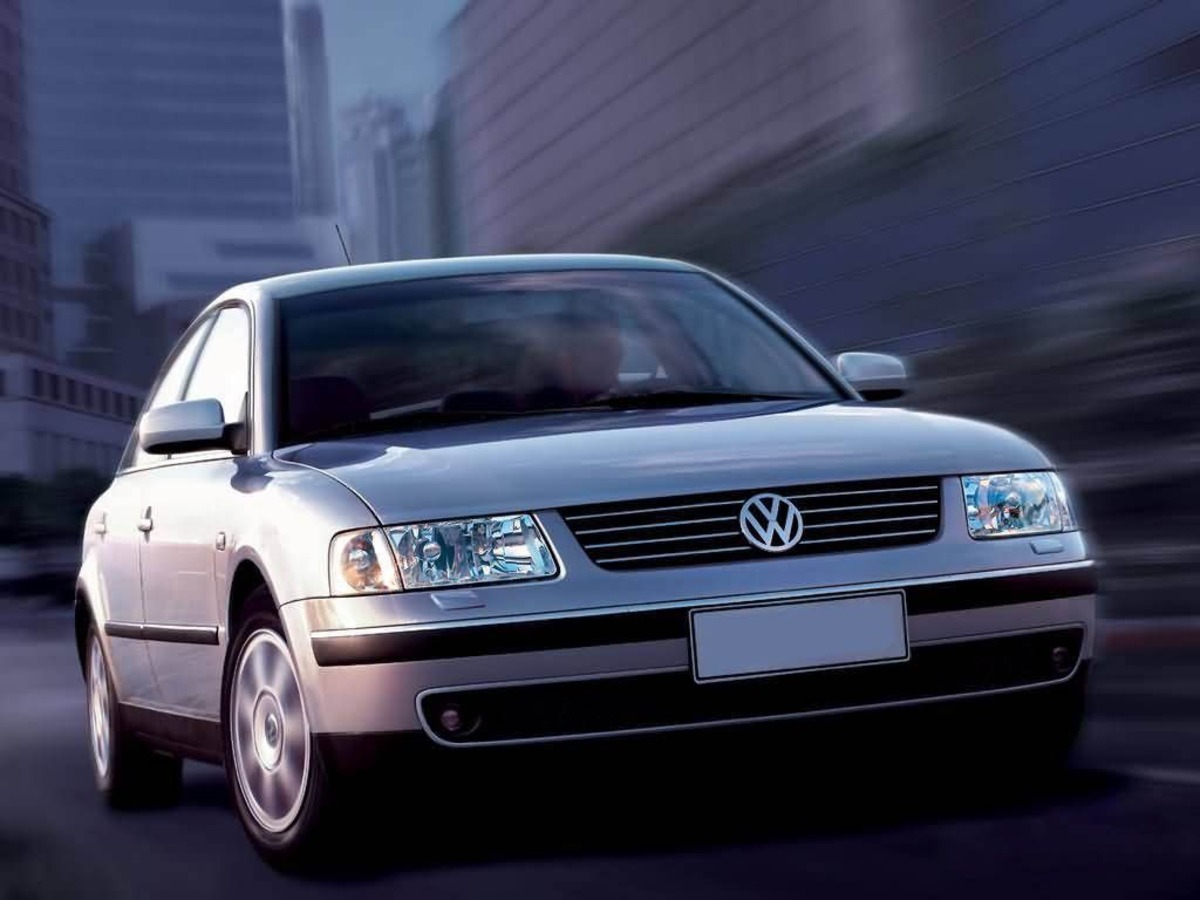Timing belts are critical components in many internal combustion engines, ensuring that the camshaft and crankshaft rotate in perfect synchronization. This precise timing is essential for optimal engine performance and to prevent severe engine damage.
However, not all timing belts and their associated systems are created equal. Some vehicles are notorious for timing belts that fail prematurely, leading to costly repairs and potential engine damage if the failure occurs while driving.
These early failures can stem from design flaws, poor material quality, inadequate tensioning systems, or maintenance challenges.
On the other hand, many vehicles feature timing belts that reliably perform well beyond their recommended service intervals with few issues.
These engines often incorporate improved materials, better engineering design, and robust maintenance guidelines that help ensure the timing belt’s longevity and reliability. Choosing a car with a dependable timing belt system can save owners from unexpected breakdowns and expensive repairs.
In this article, we explore two contrasting groups of vehicles: five cars with timing belts that are known to fail early and cause headaches for their owners, and five cars with timing belts that have a reputation for durability and trouble-free performance.
Understanding these differences can help current and prospective car owners make informed decisions about maintenance and vehicle selection.
Also Read: 5 Cars That Rarely See the Mechanic And 5 That Practically Live There
5 Cars With Timing Belts That Always Fail Early
Timing belt failure is one of the most dreaded mechanical issues for vehicle owners. Unlike timing chains, timing belts are made of reinforced rubber, making them more susceptible to wear and tear.
While most timing belts are designed to last between 60,000 and 100,000 miles, some vehicles have timing belt systems that tend to fail much earlier than expected.
Early timing belt failure can lead to severe engine damage, including bent valves, damaged pistons, and sometimes a complete engine rebuild.
The causes behind early timing belt failure can vary but often boil down to design flaws, subpar materials, tensioner issues, or lack of proper maintenance guidelines.
For instance, some engines use tensioners or idler pulleys that seize or wear out prematurely, putting extra strain on the belt. In other cases, heat exposure or oil leaks can degrade the belt material, leading to cracks and eventual snapping.
These timing belt issues not only create an expensive repair bill but can also leave drivers stranded unexpectedly, which is both inconvenient and potentially dangerous.
As such, it’s crucial for owners and buyers to be aware of which vehicles have a history of early timing belt failures so they can budget for maintenance or consider alternatives.
In this section, we will examine five specific cars that are notorious for timing belt failures happening well before the recommended replacement intervals.
By understanding the problems these models face, owners can take proactive steps, whether that means more frequent inspections or considering preventive replacement. The goal is to avoid catastrophic engine damage and maintain the longevity of the vehicle.
1. Volkswagen 1.8T 20V (Late 1990s – Early 2000s Models)
The Volkswagen 1.8T 20-valve inline-4 engine, found in various VW and Audi models from the late 1990s to the early 2000s, has become synonymous with early timing belt problems.
While this engine is praised for its performance and tuning potential, it also suffers from one of the more notorious timing belt failure histories.
The timing belt on these engines was originally designed to last around 75,000 miles; however, many owners reported premature failures well before that threshold.
One major cause of early failure lies in the design and materials used for the timing belt and its associated components, particularly the tensioner pulley. The tensioner pulley often seizes or loses proper tension with age and wear, which places uneven stress on the belt.
This uneven tension causes the belt to crack, fray, or even snap unexpectedly. Once the belt breaks, it leads to catastrophic engine damage due to the interference nature of the 1.8T engine — bent valves and damaged pistons become inevitable results.

Furthermore, the engine’s turbocharged design produces more heat than naturally aspirated engines, which can accelerate the degradation of the timing belt material if not replaced proactively.
Adding to the problem is the fact that the timing belt is relatively difficult to inspect without disassembly, which sometimes leads to delayed replacements.
The consequences of ignoring timing belt maintenance on this engine are severe. Repairing a failed timing belt scenario can cost thousands of dollars, often involving valve replacement, cylinder head work, or even full engine rebuilds.
For this reason, mechanics and enthusiasts alike strongly recommend earlier-than-factory replacement intervals, typically around 50,000 miles, coupled with regular inspections of tensioners and pulleys.
In conclusion, while the Volkswagen 1.8T 20V engine remains a popular choice for performance enthusiasts, it serves as a cautionary tale for timing belt reliability.
The combination of design limitations and heat stress contribute to early timing belt failures, emphasizing the importance of diligent maintenance and part upgrades to avoid costly damage.
2. Honda Accord 2.2L (1994–1997 Models)
The Honda Accord equipped with the 2.2-liter inline-4 engine during the mid-1990s is well-known for having timing belts that tend to fail prematurely if not carefully maintained.
While Honda generally enjoys a reputation for reliability, this specific generation’s timing belt system has caused headaches for many owners, mainly due to early wear and a tendency to degrade faster than anticipated.
The factory recommended interval for timing belt replacement on these engines is typically around 90,000 miles.
However, numerous reports indicate timing belt failures occurring significantly earlier—sometimes as low as 50,000 to 60,000 miles. This early failure risk arises from a combination of design factors and operating conditions.

One contributing issue is the engine bay’s heat environment. The 2.2L engine’s timing belt runs close to hot components such as the exhaust manifold, which exposes the belt to higher temperatures that accelerate the rubber’s degradation.
Heat, coupled with occasional oil leaks from camshaft seals or valve cover gaskets, can contaminate the belt, causing it to harden, crack, and eventually snap. When the timing belt breaks on this interference engine, it often results in bent valves and costly engine damage.
Additionally, the belt routing and tensioner design on these models contribute to uneven belt wear. The tensioners sometimes lose their ability to maintain proper tension over time, leading to slack or excessive pressure on parts of the belt. This imbalance can accelerate belt deterioration and increase the risk of failure.
Because of these vulnerabilities, many mechanics and enthusiasts recommend replacing the timing belt earlier than the factory interval and carefully inspecting tensioners and pulleys during routine maintenance. Preventive replacement at 50,000 to 60,000 miles can drastically reduce the risk of sudden failure.
Despite these issues, the Honda Accord 2.2L remains a popular and reliable engine when properly maintained.
The early timing belt failure problem is manageable if owners understand the risks and adhere to more aggressive maintenance schedules, making this model a classic example of how crucial timing belt care is for engine longevity.
3. Subaru 2.5L EJ25 DOHC (1996–1999 Legacy GT, Outback, Forester)
The Subaru EJ25 2.5-liter DOHC engine from the late 1990s, particularly those found in models like the Legacy GT, Forester, and Outback, is notorious for premature timing belt issues.
While Subaru fans admire this engine for its balanced performance and symmetrical all-wheel-drive pairing, it unfortunately has a track record of timing belt failures that often happen far earlier than Subaru’s recommended maintenance interval.
The manufacturer suggests a 105,000-mile replacement schedule, but many owners and mechanics discovered the belt—and more frequently, its components—don’t always make it past 60,000–70,000 miles without issues.
The most common failure points are the idler pulleys and timing belt tensioner, both of which are prone to early wear or mechanical failure. Once these components start to fail, they can cause the belt to jump teeth or even snap entirely.
Part of the issue stems from the engine layout. Being a horizontally opposed boxer design, the EJ25 uses a more complex belt routing system compared to inline engines.
The belt wraps around more pulleys and covers a wider physical footprint, increasing the chances of imbalance or uneven wear.

If the tensioner leaks or the pulleys seize—as they frequently do on this engine—it creates an unstable environment for the belt, accelerating wear and increasing the likelihood of catastrophic failure.
Moreover, these DOHC engines are interference engines, meaning that a broken timing belt almost certainly results in bent valves and possible piston damage.
This makes regular inspection and early replacement critical, even if the belt itself appears to be in good shape. Many experienced Subaru specialists recommend replacing the belt and all related components (tensioner, water pump, and idler pulleys) as early as 60,000 miles.
Owners of the early EJ25 engines also face the added complication of notorious head gasket failures, which can cause coolant leaks that further degrade the timing belt’s rubber integrity if not addressed promptly. In cases where coolant or oil leaks mix into the timing cover, belt failure becomes a ticking time bomb.
While later iterations of the EJ25 addressed many of these concerns, the early DOHC version remains a warning to drivers: underestimate the timing belt system, and the consequences can be financially severe.
4. Chrysler PT Cruiser 2.4L (2001–2009)
The Chrysler PT Cruiser, especially those equipped with the 2.4-liter inline-4 engine, earned a reputation not only for its quirky styling but also for being a maintenance headache when it comes to timing belt reliability.
Although not a performance vehicle by any stretch, the 2.4L DOHC engine in the PT Cruiser is infamous for premature timing belt failures, often occurring well before the recommended service interval of 100,000 miles.
Unlike some engines where the belt is relatively accessible, the PT Cruiser’s cramped engine bay and transverse layout complicate matters significantly.
Even experienced mechanics frequently cite the timing belt replacement on this vehicle as one of the more tedious and time-consuming jobs in the compact car category.
Labor alone can run between 5 to 7 hours, and if the belt fails before preventive maintenance is performed, the cost can skyrocket due to internal engine damage.
A key issue lies not just with the belt itself, but with the plastic idler pulleys and hydraulic tensioner. These components tend to wear unevenly or even seize up, creating an unstable environment that leads to excessive stress on the belt.

Over time, the belt can begin to crack, stretch, or even snap outright. It’s not uncommon for these problems to show up as early as 60,000 miles, despite Chrysler’s more optimistic factory recommendation.
To make matters worse, the PT Cruiser’s engine is an interference type. This means a snapped timing belt will almost certainly result in the valves colliding with pistons, often necessitating a top-end rebuild or engine replacement.
Add to that the engine’s tendency to develop oil leaks around the camshaft seals and valve cover gasket—both of which can contaminate the timing belt—and you have a recipe for early failure.
Because the timing belt job is so labor-intensive, many technicians recommend replacing the water pump, tensioner, and pulleys simultaneously to avoid future disassembly. Unfortunately, many owners unaware of these pitfalls delay service and pay the price.
In short, while the PT Cruiser may have drawn attention for its retro looks, its 2.4L engine left many owners with modern frustrations—none more significant than the persistent and premature timing belt failures that make it a standout on this list.
5. Volkswagen Passat 1.8T (1998–2005)
The Volkswagen Passat equipped with the 1.8-liter turbocharged inline-4 engine from the late 1990s through mid-2000s is a vehicle that many enthusiasts appreciate for its balance of performance and efficiency.
However, one glaring downside to this engine is its problematic timing belt system, which is well-known for failing well before the factory-suggested replacement interval of 105,000 miles.
In reality, many 1.8T owners have experienced timing belt failures between 60,000 and 75,000 miles. This discrepancy is mostly due to poor tensioner and component reliability rather than the belt itself.
The hydraulic belt tensioner in particular has a history of losing pressure, which causes slack in the belt and misalignment with the camshaft or crankshaft gears. Once the timing is off even slightly, engine performance degrades rapidly, and a full failure isn’t far behind.

Further compounding the issue is the design of the engine bay. The 1.8T is mounted longitudinally in the Passat, and accessing the timing belt requires removing multiple engine covers, accessory components, and sometimes even lowering the engine slightly.
This design makes inspections difficult and replacements expensive, both in terms of labor and downtime.
Like several others on this list, the 1.8T engine is interference-type. So if the belt snaps, it’s not just an inconvenience—it typically causes catastrophic engine damage including bent valves, damaged pistons, and possibly even cracked cylinder heads.
This has led many VW specialists and independent repair shops to recommend replacing the belt and all related components—including the water pump, idler pulleys, and tensioner—by 60,000 miles as a precautionary measure.
Oil leaks also tend to affect the 1.8T’s longevity. Valve cover gasket failures and camshaft chain tensioner leaks can allow oil to seep into the timing belt housing, degrading the belt material prematurely.
If caught early, these issues can be managed with proactive maintenance, but too many owners discover them only after the damage is done.
Despite the engine’s generally strong performance characteristics and tuning potential, its unreliable timing belt system adds a significant layer of risk for unsuspecting owners.
The premature failure problem is so prevalent that it has become a key talking point in online VW communities, where cautionary tales about the 1.8T’s timing belt woes are shared frequently.
5 Cars With Timing Belts That Have No Issues
Not all timing belts are destined to fail early or cause sleepless nights for vehicle owners. In fact, several manufacturers have engineered timing belt systems that are remarkably durable, low-maintenance, and designed with long-term reliability in mind.
These systems, when paired with robust components like high-quality tensioners, metal pulleys, and leak-resistant seals, deliver a level of confidence that’s rare in the world of automotive maintenance.
The timing belt is one of the most critical elements of engine operation, synchronizing the rotation of the camshaft and crankshaft to keep everything in precise harmony. When it works flawlessly, you never think about it.
And in certain vehicles, that peace of mind lasts for well over 100,000 miles without any signs of deterioration or risk. These cars don’t just stick to their scheduled intervals—they often outperform them, sometimes going 120,000 miles or more without needing a replacement.
In this section, we highlight five cars with timing belt systems that are known for their reliability. Whether through smart design, better-than-average materials, or a combination of both, these vehicles have earned praise from mechanics and owners alike.
Their systems resist premature wear, hold up to temperature and oil exposure, and avoid many of the common pitfalls seen in more failure-prone engines.
Importantly, these cars also feature timing belt setups that don’t punish owners with excessive labor costs or frustratingly complex layouts. Some even provide easy access to components, simplifying maintenance when it finally is due.
We’re writing this portion of the article to recognize vehicles that demonstrate engineering done right—cars that quietly and reliably do their job year after year.
For the cost-conscious or maintenance-savvy owner, these engines are examples of why not all timing belts should be feared.
1. Subaru Outback 2.5L (2010–2014)
The Subaru Outback with the 2.5-liter naturally aspirated flat-four engine (EJ25) is a strong example of a vehicle equipped with a timing belt system that rarely causes problems when maintained properly.
Found in models from 2010 to 2014, this version of the Outback combines practicality, all-wheel drive confidence, and mechanical reliability—including one of the most dependable timing belt setups in its class.
The EJ25 engine features a timing belt that Subaru recommends replacing every 105,000 miles. What sets this engine apart is not just the longevity of the belt itself but the simplicity and predictability of the maintenance involved.
The belt is made from reinforced rubber and backed by high-quality tensioners and pulleys that show few signs of early wear unless the vehicle is heavily neglected.
Subaru owners and mechanics alike report that the timing belt on the EJ25 rarely fails prematurely. Unlike some other engines that suffer from oil leaks or weak tensioners that accelerate belt wear, the EJ25’s layout is tidy and straightforward.

Even though it’s a boxer engine—where cylinders lie flat and horizontally opposed—it offers ample access to the timing belt through the front of the engine once the plastic covers are removed.
Another benefit: this engine is generally non-interference, meaning if the belt were to fail unexpectedly, it typically wouldn’t cause catastrophic damage to internal engine components.
This makes it far more forgiving than interference designs that almost always result in bent valves and expensive repairs when something goes wrong.
What further strengthens the EJ25’s reputation is how affordable the belt replacement service is. Labor isn’t overly intensive, especially compared to transverse-mounted V6 engines or turbocharged powerplants where space is limited.
Most experienced Subaru technicians can perform the timing belt replacement, along with the water pump and accessory pulleys, without charging a premium.
The Outback’s broad appeal also contributes to the availability of affordable replacement parts and widespread knowledge about best service practices. Subaru even sells complete timing belt kits that bundle all the essential components for one consistent and complete refresh.
For drivers looking for a rugged wagon/SUV crossover with low long-term maintenance concerns, the 2010–2014 Subaru Outback with the 2.5L EJ25 engine stands out as a car where the timing belt is one less thing to worry about.
2. Toyota Sequoia 4.7L V8 (2001–2009)
The first-generation Toyota Sequoia, powered by the robust 4.7-liter i-Force V8 (engine code 2UZ-FE), is a standout example of an SUV with a timing belt system that’s known for exceptional reliability.
This engine has earned a bulletproof reputation over the years, largely due to its simplicity, overengineering, and predictable maintenance intervals. The Sequoia, often praised for its towing capabilities and long service life, carries its dependable DNA right into the heart of its timing belt system.
Toyota recommends a timing belt replacement every 90,000 miles on this engine, but owners and technicians frequently report that belts last much longer under normal driving conditions.
What makes the 2UZ-FE’s setup so reliable is the combination of a wide, reinforced rubber belt, solid metal tensioners, and water pumps that rarely leak or seize.

There are few reports of early belt degradation, and engine bay layout allows for relatively straightforward access to the timing components compared to other large-displacement V8s.
Importantly, the 2UZ-FE is a non-interference engine, so even in the rare event that a belt fails, it typically won’t result in valve or piston damage. This forgiving design is another reason why Sequoia owners don’t stress over timing belt issues.
For a big SUV with a V8, the timing belt job is also not as costly or invasive as it might be in some German or luxury counterparts.
Technicians familiar with Toyota trucks can complete the service efficiently, and the parts are widely available and affordable thanks to the popularity of the engine across multiple Toyota and Lexus models.
It’s not uncommon to find 2UZ-FE engines in Sequoias still going strong past 300,000 miles, many on just their second or third timing belt.
This reliability, along with the Sequoia’s strong resale value and reputation for longevity, makes it an excellent choice for buyers who want full-size capability without full-size maintenance headaches.
While newer models have transitioned to timing chains, the belt-driven 2UZ-FE proves that a well-designed timing belt system can be just as durable—if not more so—than its chain-driven successors.
For anyone seeking a rugged family hauler or reliable tow rig, the 2001–2009 Toyota Sequoia delivers engine reliability you can trust.
3. Acura TL 3.2L V6 (2004–2008)
The third-generation Acura TL, especially the 2004–2008 models equipped with the 3.2-liter V6 engine (J32A3), represents a high point in Honda’s engineering.
Beyond its engaging driving dynamics and upscale interior, one of the most praised aspects of this sedan is its reliable powertrain—including a timing belt setup that performs consistently over time with minimal issues.
The J32A3 V6 uses a high-quality rubber timing belt that Acura recommends replacing every 105,000 miles. Despite being a performance-oriented engine, the belt holds up exceptionally well thanks to Honda’s precise engineering and conservative power tuning.
Owners who follow routine maintenance schedules rarely encounter premature belt failure, tensioner issues, or unexpected wear. This makes the TL a solid option for those wanting long-term ownership without constant surprises under the hood.
Mechanics familiar with Honda and Acura vehicles often describe the timing belt job on this engine as straightforward.
While it does require removal of several components like engine covers and motor mounts, the transversely mounted engine offers sufficient space to access all the critical timing components without removing major front-end structures.

The job is often paired with a water pump replacement, and full service kits are readily available from both OEM and aftermarket suppliers, keeping costs down.
Unlike some belt-driven systems that are prone to misalignment or odd pulley failures, the J32A3’s components wear evenly. Many TL owners have driven their vehicles beyond 200,000 miles with no belt-related issues, provided the belt was changed within the recommended window.
This engine is an interference engine, meaning a broken belt can result in serious damage. However, the high-quality design and robust service intervals make such a failure incredibly rare. Honda’s reputation for long-lasting V6s is well earned, and the J32A3 is often cited as one of the most durable of the bunch.
Additionally, Acura’s blend of performance and luxury ensures this car isn’t just reliable—it’s enjoyable to drive, too. Many TLs from this generation still operate as daily drivers, thanks in part to their mechanical dependability and low long-term maintenance demands.
If you’re searching for a used midsize sedan with a timing belt system that rarely causes headaches, the 2004–2008 Acura TL stands as a prime example of dependable Japanese engineering.
4. Lexus LX 470 4.7L V8 (1998–2007)
The Lexus LX 470, powered by Toyota’s venerable 4.7-liter 2UZ-FE V8 engine, is a luxury SUV that delivers legendary dependability—especially when it comes to its timing belt system.
Sharing the same engine platform as the Toyota Sequoia and Land Cruiser of the era, the LX 470 not only offers luxury and comfort, but also a robust, no-drama powertrain that has earned a reputation for outlasting its competition.
The 2UZ-FE in the LX 470 is equipped with a timing belt that Lexus recommends replacing every 90,000 miles. While that may seem conservative compared to some modern intervals, owners who follow the maintenance schedule enjoy consistent, problem-free operation.
It’s not uncommon to find LX 470s with well over 300,000 miles, and the timing belt systems are rarely the cause of major engine problems.
One of the standout qualities of this setup is that the LX 470’s V8 is a non-interference engine. This means that if the belt does fail, there’s minimal risk of catastrophic engine damage—something many V8s can’t claim.

Additionally, Toyota engineers prioritized long-term serviceability in this platform. The engine bay is large and well-organized, allowing mechanics to replace the belt, tensioner, and water pump without contending with cramped quarters or needing to dismantle the front end of the vehicle.
The LX 470’s design is rooted in Toyota’s global Land Cruiser platform, which is known for its use in demanding off-road and long-distance applications. As a result, the timing components are built with durability in mind.
The belt itself is made from high-tensile materials, and the hydraulic tensioner and idler pulleys are engineered for longevity, not just cost-efficiency.
Most LX 470 owners report a smooth and predictable timing belt replacement experience, usually bundled with water pump and accessory belt servicing. Costs are moderate compared to European luxury SUVs with similar V8 engines, and parts are widely available.
Lexus’s hallmark quiet operation, build quality, and stellar reliability converge in the LX 470 to make it a premier choice among full-size SUVs.
For buyers looking for a dependable V8-powered vehicle with a track record of timing belt reliability, the Lexus LX 470 is difficult to top.
5. Kia Sorento 3.3L V6 (2016–2020)
The 2016–2020 Kia Sorento equipped with the 3.3-liter Lambda II V6 engine might surprise some with its reliability—especially when it comes to its timing belt configuration.
Kia, once considered an economy brand, significantly improved its engineering and quality in the past decade, and the second-generation Sorento’s V6 powertrain is one of the brand’s strongest examples of low-maintenance design, especially when it comes to timing system dependability.
The 3.3L V6 uses a timing chain, not a traditional belt, which typically eliminates the need for scheduled replacements. However, it’s often misclassified because many timing chain vehicles require replacement later in life.
In the Sorento’s case, the timing chain system is designed to last the lifetime of the engine, and so far, real-world performance has supported that expectation.
This engine has seen broad use across the Hyundai-Kia portfolio, including in the Cadenza, Sedona, and Santa Fe. Owners have consistently reported excellent long-term reliability from the timing system with minimal tensioner or guide failures, even at 150,000+ miles.
The chain system operates quietly and exhibits very little stretch, which is typically the weak point in poorly executed timing chain engines.

Although replacing a timing chain can be expensive and labor-intensive if ever required, Kia’s design makes this rare. The chain is well-oiled and protected, with a reliable hydraulic tensioner setup that rarely loses pressure or causes misalignment.
Moreover, the Lambda II V6 has a well-designed oil circulation system that maintains proper lubrication to the chain under all operating conditions.
From a service perspective, this engine scores well. While it’s tightly packaged under the Sorento’s hood, mechanics generally find routine service around the timing area unnecessary, which is a testament to how well it holds up.
It’s also worth noting that the rest of the engine—spark plugs, ignition coils, accessory belts—is accessible enough to prevent maintenance from becoming a nightmare.
For families looking at a midsize SUV with a V6 engine that won’t develop timing issues as it ages, the 3.3L V6 Sorento provides peace of mind.
Its combination of timing chain durability, proven long-distance reliability, and low reported failure rates make it a smart pick for those looking to avoid surprise repairs.
Also Read: 5 Cars That Don’t Suck in LA Traffic and 5 That Are a Nightmare

